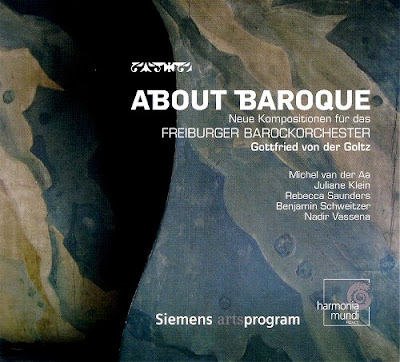Now we rise and we are everywhere
After his enlightenment the Buddha walked 150 miles from Bodh Gaya to to deliver his first sermon in the Deer Park at Isipathana outside Varanasi in India. Today Isipathana is called Sarnath and my photo was taken recently at one of the numerous Buddhist shrines that dot the former Deer Park. Before his death the Buddha identified Sarnath as one of the four places Buddhist should visit with feelings of faith and reverence*. His sermon in the Deer Park was titled Dhammacakkappavattana Sutta which translates as Wheel of Universal Truths and provides my visual cue. In it the Buddha introduced the concepts of the Middle Path to liberation and the Four Noble Truths.
On the short Air India flight from Khurajo to Varanasi I listened to Nick Drake's valedictory Pink Moon. Its relevance went beyond the album's conveniently brief 28 minutes. In his essay for the invaluable anthology Nick Drake: Remembered For A While Ian MacDonald explains it is known that among the few books in the bedroom in which Nick died in 1974 aged 26 was one about Buddhism. The title is unknown; but Ian MacDonald speculates that it was either the then influential Christmas Humphrey's Buddhism or Alan Watts' The Way of Zen. MacDonald is admirably cautious about allocating a Buddhist sub-text to Nick Drake's music. But he points out that the key themes of Nick's songs, scepticism about the phenomenal world, compassion for others, awareness of falsity and the ephemerality of happiness, are also the key tenets of Buddhism.
There is another tenuous but beguiling link with the subcontinent: as recounted in my 2015 post Beats of India Nick Drake wrote to his parents about his exposure to Indian Music at the Cambridge University Asian Music Circle. In a different essay in Remembered For A While Robin Frederick speculates that the offspring of Indian rhythms populate Nick's music. My headline 'Now we rise and we are everywhere' comes from the final track of Pink Moon, and it is inscribed on Nick's headstone at Tanworth-in-Arden.
* The other pilgrimage destinations identified by the Buddha are his birthplace at Lumbini, the site of his enlightenment at Bodh Gaya, and the place of his death at Kusinara.
On An Overgrown Path is no longer linked on social media. New posts are available via RSS/email by entering your email address in the right-hand sidebar. Any copyrighted material is included for critical analysis, and will be removed at the request of copyright owner(s).










Comments